In order to play Chess, you need to know what the 6 Chess pieces are:
The Six Chess Pieces Are:
- The King
- The Queen
- The Bishop
- The Knight
- The Rook
- The Pawn
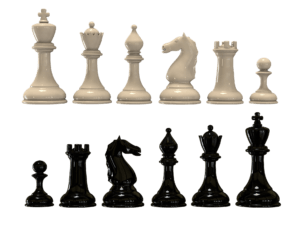
The King
The King is the head of the army and capturing your opponent’s King is the ultimate aim of the game of Chess. The King is the tallest piece and has a cross at the top.
This is a picture of the chess King
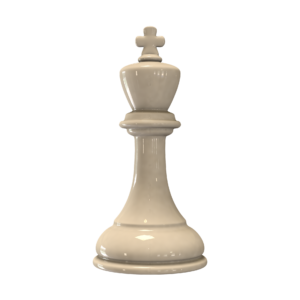
The King can move just one square in any direction:
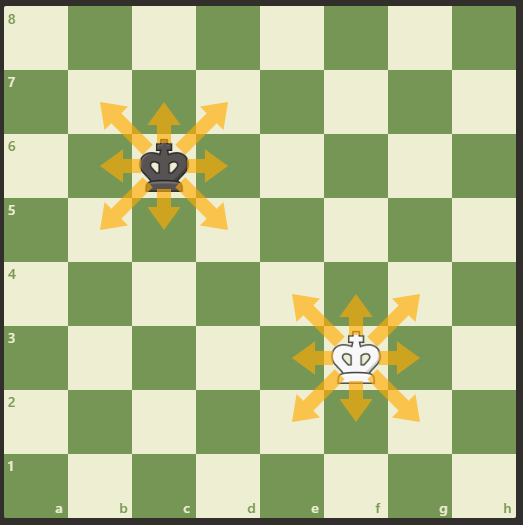
The Queen
Make way! The all powerful Queen is here! The Queen is the most powerful piece in Chess as she can move swiftly across the board. The Queen is the second tallest piece (second only to the King) and she stands next to the King at the start of the game.
Here’s a picture of the chess Queen:
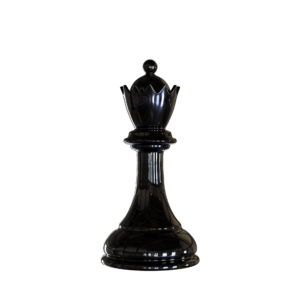
The Queen can move any number of squares in any direction:
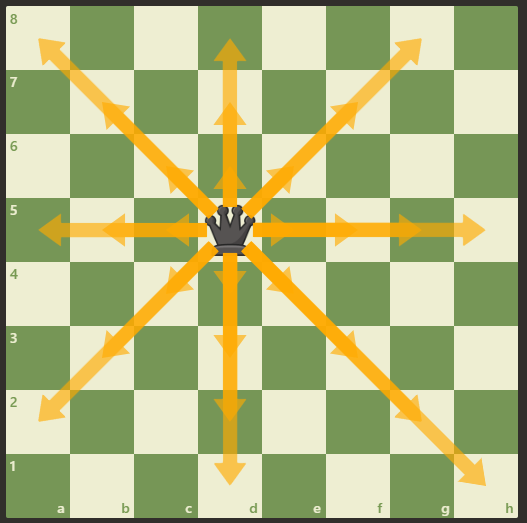
The Rook
The Rooks start the game in the corners of the board and are like chariots of old. They work best as a team, one supporting the other and they can be devastating if they both get into enemy territory. As they are powerful pieces they are considered to be ‘major’ pieces along with the Queen.
Here’s a picture of the Rook chess piece:
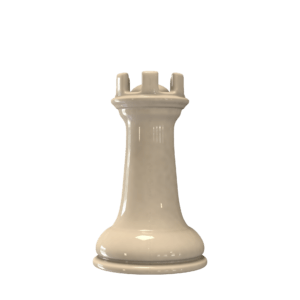
The Rook can move horizontally or diagonally, any number of squares:
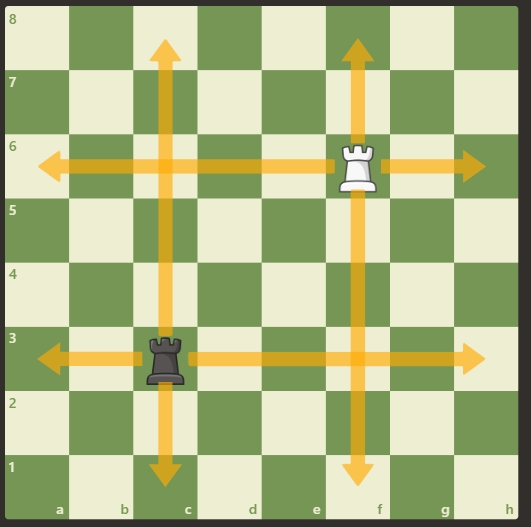
The Bishop
The first of the ‘minor’ pieces, the long range menace the Bishop! As one operates exclusively on the light squares the other solely on the dark, it’s best to try and keep the pair of them – that way you can dominate all of the squares on the board.
Here’s a picture of the Bishop:
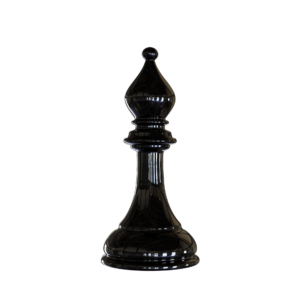
The Bishop moves diagonally, but never strays from the colour of its starting square:
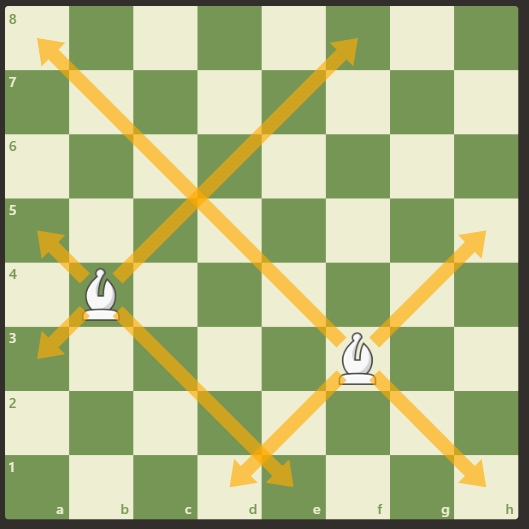
The Knight
The noble Knight on horseback! The only piece that can jump over other pieces, so if the chess position is congested, Knights come into their own.
Here’s a picture of a Knight chess piece:
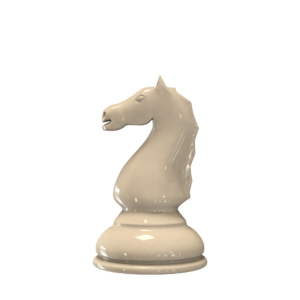
The Pawn
The pawns are the foot soldiers of the chess army. Bravely advancing ahead of their own forces in order to secure territory or providing a protective shield for the King, the pawns work is never done. And some pawns are destined for greatness, as if they make it to the other side of the board, they can be transformed into another all powerful Queen!
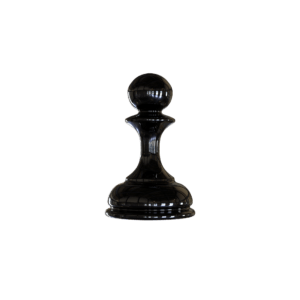
The pawn moves slowly, one or two squares forward on their first move but only one square a move after that. They can ‘capture’ an enemy piece that sits one square diagonally in front of them.
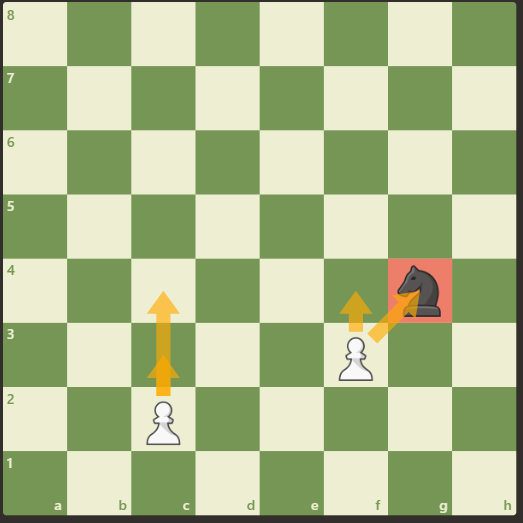
Final thoughts
The six chess pieces are easy to identify and now you know what they look like and how they move.
Be First to Comment